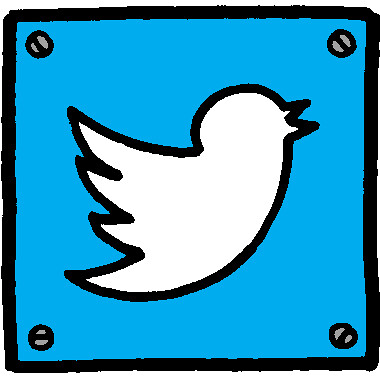(PCM) As reported by several national news outlets in the fall of 2013, social media giant Twitter followed on the heels of Facebook by launching its IPO to the tune of over $1 billion. Twitter has become more than a household name. It’s an ubiquitous social utility with growing influence on the way we interact with news, culture, and each other. Nearly half a billion tweets are sent each day, and while many of these are casual, off the cuff exchanges between friends, there’s no denying that Twitter has become an influential, and arguably indispensable, part of the news cycle.
Image by Flickr user Jurgen Appelo
Tweet, Tweet, Revolution
One of the initial critiques of Twitter was that it was a platform designed solely for navel-gazing junk, like what users had for breakfast or other posts best kept unshared. But in 2008, an American graduate student jailed in Egypt while observing an anti-government protest effectively used Twitter to put pressure on his captors and win his freedom. CNN reports that the student used his cell phone to send the message of his arrest, which quickly spread among his friends and supporters, eventually leading to his university hiring a lawyer to arrange his release. Two years later, following Iran’s 2009 election, Time reported that users across Iran used the platform to send messages about the realities of the protests happening in the country, which generated interest and support worldwide for the burgeoning democratic state. Twitter helped many activities across the Middle East connect and mobilize during the “Arab Spring” in 2011. The availability of reliable Internet providers suddenly seemed more important than ever before. Portable and shareable, many outlets claim that Twitter was the perfect tool for quick updates from fraught countries where traditional reporting experienced censorship or dilution. Twitter’s role in these intense events seemed to solidify its role as a formative part of the international news cycle, and demonstrated a desire for political storytelling from everyday citizens on the forefront of political change.
Breaking News, in 140 characters or Less
But Twitter hasn’t just been used to spread information about political unrest and change. The speed of sharing information and images across the platform means that many exciting news events over the last few years have “broken” on Twitter. Janis Krums’ epic photo of the US Airways flight that made a landing in the Hudson River was one of many iconic images that were shared by everyday people and eventually went viral across the Twitterverse. More recently, tweets were sent out following the bombing of the Boston Marathon to share information, images, and breaking news about survivors and suspects. But Twitter is also used as a real time news source for lighter, pop culture events that nonetheless shape the daily fabric of our lives. Live tweeting of nationally televised award shows and sporting events has become the norm, with networks and corporate sponsors jumping on the hashtag bandwagon. It seems that we crave Twitter not just for the chance to socialize with the friends and family members we already know and love, but for the chance to be part of a larger conversation of newsworthy events happening all across the globe and right on our very own screens.
